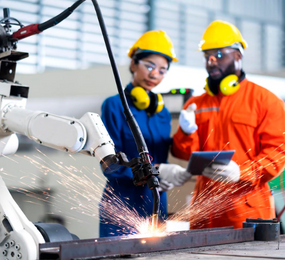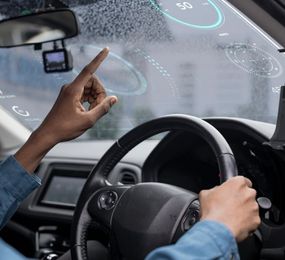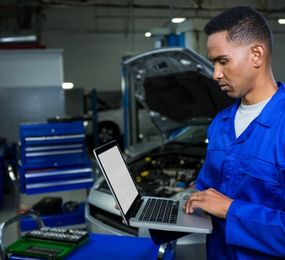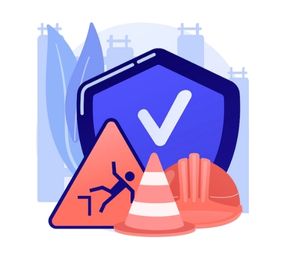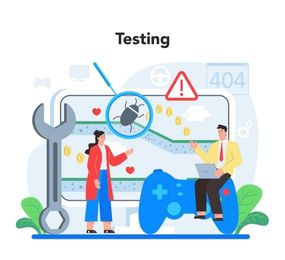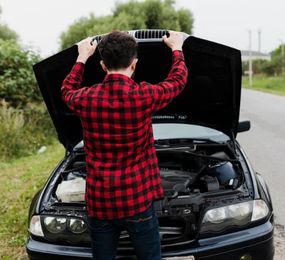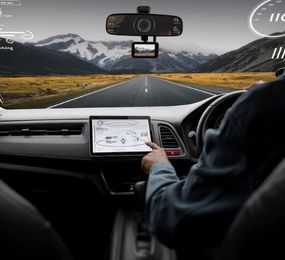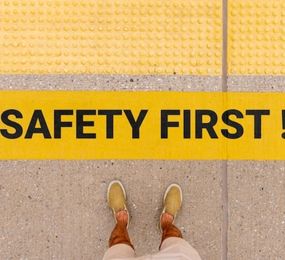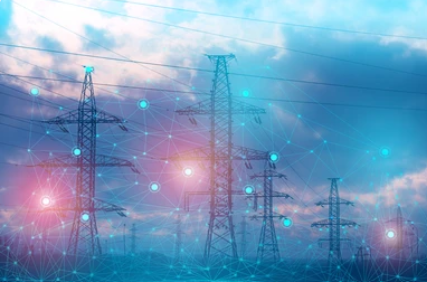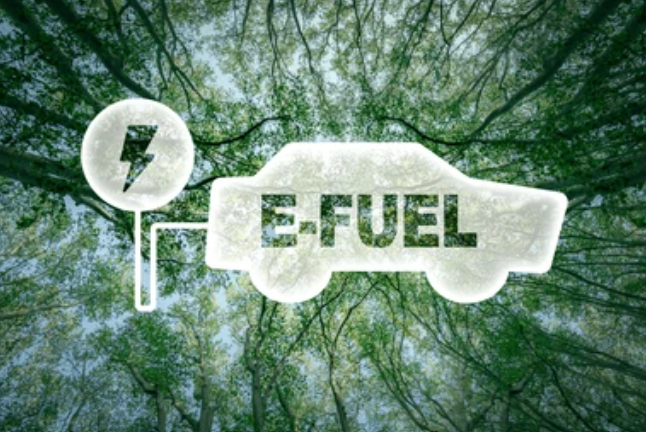The increasing complexity of safety-critical systems, such as those found in the automotive, aerospace, and medical industries, demands rigorous verification and validation (V&V) to ensure their safety and reliability. Formal V&V methods, based on mathematical reasoning and automated tools, provide a powerful approach to systematically analyzing and validating the correctness of these systems.
Understanding Formal V&V
Formal V&V involves the application of mathematical techniques to prove the correctness of a system's design and implementation. It goes beyond traditional testing methods by providing a more systematic and rigorous approach to identifying and eliminating potential errors.
Key Methods of Formal V&V
- Model Checking: This technique involves automatically exploring all possible states of a system to verify if it satisfies specified properties. Model checking is particularly effective for finite-state systems.
- Theorem Proving: Theorem proving uses formal logic and deduction to prove the correctness of mathematical statements about a system. It is suitable for verifying complex properties and systems with infinite state spaces.
- Static Analysis: Static analysis involves examining the source code of a system without executing it to identify potential errors and vulnerabilities.
- Hybrid Approaches: Combining different formal V&V methods can provide a more comprehensive analysis, especially for complex systems.
Advantages of Formal V&V
- Early Error Detection: Formal V&V can identify errors and defects early in the development process, reducing the cost of rework.
- Increased Confidence: Rigorous formal verification can provide a high level of confidence in the correctness of a system.
- Provable Safety: Formal methods can be used to prove that a system meets specific safety requirements.
- Compliance with Standards: Many safety standards, such as ISO 26262 for automotive systems, require the use of formal methods.
Challenges and Considerations
- Complexity: Formal V&V can be complex and time-consuming, especially for large-scale systems.
- Tool Limitations: The availability and maturity of formal verification tools can vary.
- Skill Requirements: Engineers need specialized knowledge and skills to effectively apply formal methods.
As safety-critical systems continue to evolve, formal V&V will play an increasingly important role. Advancements in technology, such as artificial intelligence and machine learning, are expected to make formal methods more accessible and effective. By embracing formal V&V, organizations can ensure the safety and reliability of their critical systems, protecting lives and assets.
Register today to secure your spot, please check here: https://bit.ly/3zH7AKk
For more information and group participation, contact us: [email protected]


